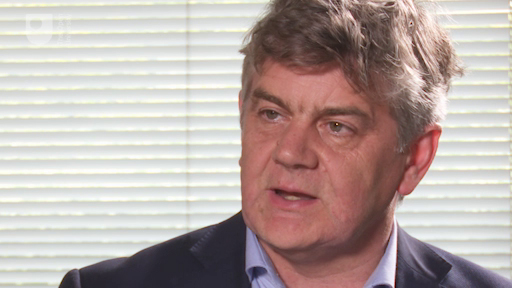3 Changing perceptions
Elliot suggests the environmentalist borrows from the world of the arts, where a distinction is made between the value of the original and the value of a copy.
In continuing to read Elliot’s article, there is one example you will need to know about: the Hetch-Hetchy valley. If you visited there today, you would see a lake that sits in a stunning setting between the mountains. The lake is artificial: ‘an ecological artefact’. It was formed by damming the valley in the first half of the twentieth century. John Muir was the ecologist who led the (ultimately unsuccessful) fight against the dam.
Activity 3
In Elliot’s article [Tip: hold Ctrl and click a link to open it in a new tab. (Hide tip)] , read p. 85 down to the middle of p. 86 (to ‘…immediately and radically.’) and answer the questions below.
- Can knowledge of an object’s history change the valuation of it?
Answer
- Yes. Elliot suggests that his examples show that the value of objects can be explained, at least in part, ‘in terms of their origins’.
- Can knowledge of an object’s history change the way it is perceived?
Answer
- Yes. Elliot says that knowing the history of an object ‘affects our perception’ (p. 85 – also look at the top of p. 86).
It is important to keep the points in the above questions distinct – although they are related, something can be valued less because it has come to be perceived differently. Both points tell against the restoration thesis. Generally, originals are valued more than copies. If this applies to nature, pristine nature will be valued more than the restoration. More fundamentally, if knowing something about an object’s history or origins can actually change the perceptions of it then a restoration might not be possible. No matter how much engineers attempt to capture the look of the original, the copy will be perceived differently just because it is a copy.
Elliot doesn’t say that a restoration or a replica will be always and everywhere wrong (‘the replica would probably be better than nothing at all’ (p. 85)). If you think back last week, with the audience of the tribute band, the audience clearly preferred that experience of the band to not having an experience at all.
Pause to think about what can be restored (Elliot himself mentions species diversity, rock formations, and mountain ash on the top of p. 84). Watch the video below of Jeremy Musson, who is an architectural historian and expert on restorations. He suggests the list might go even wider.

